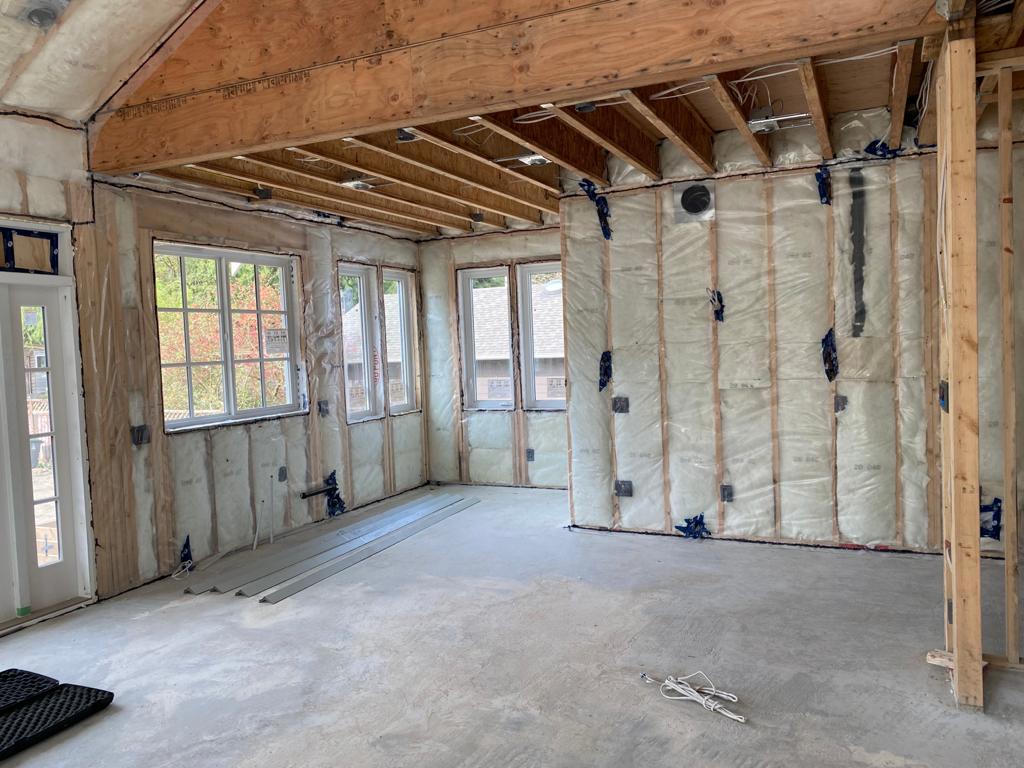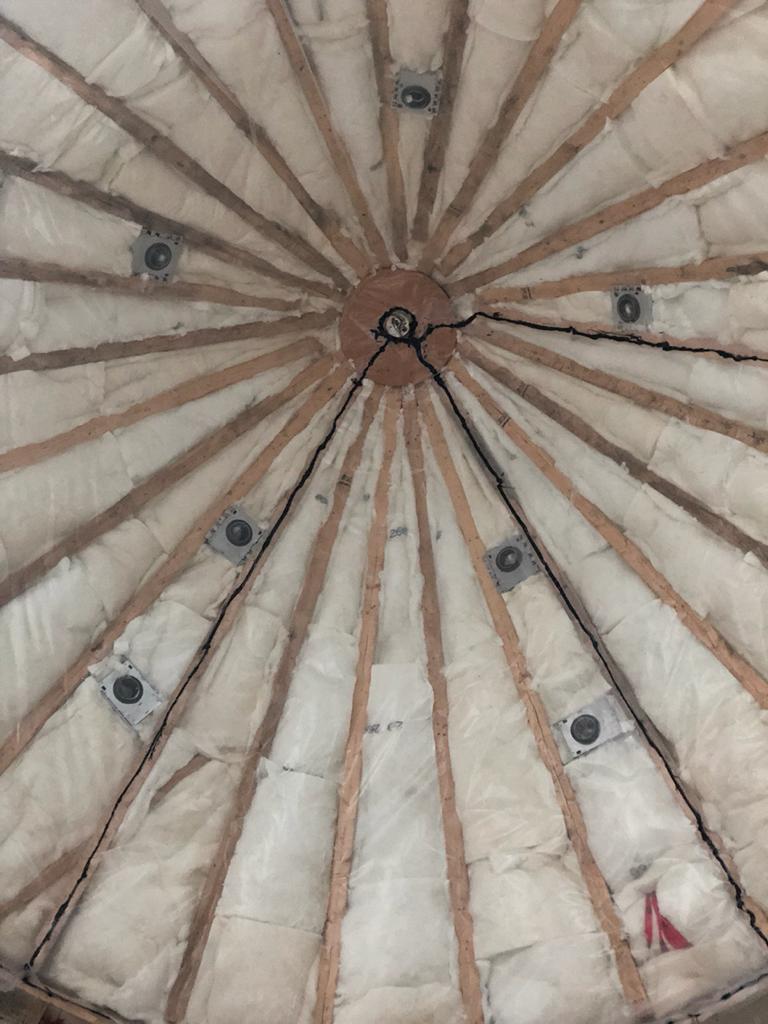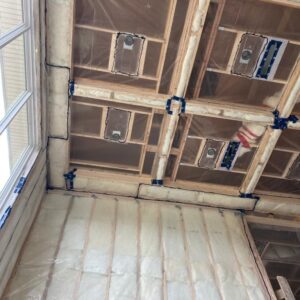Types of Fiberglass
The details of your project will help you to decide which kind of fibreglass insulation is best for your scope and budget. Understanding the fibreglass insulation options available to you is essential to making an informed decision regarding which insulation can fulfil your requirements.
Fiberglass Batt Insulation
The family fibreglass batt Insulation comes in easy to use rolls in various thicknesses which is one of the common and cost effective ways. It is the best insulation for attics, walls, crawl spaces, ceilings and basements. Batt insulation is light in weight as well as can be installed quickly and affordably by professionals. It comes with or without facing, which must be installed according to the producer’s specifications to resist transfer of water vapour. Both faced and unfaced varieties have an R-value from R-2.9 up to R-4.3 per inch.
Faced Batt Fiberglass
Faced fibreglass batt insulation is designed to provide protection against conduction and moisture accumulation . Faced insulation has paper on one side that acts as a class II vapour retarder when installed facing the hot-warm side during the winter months. It is most commonly installed in vertical walls, and it has a sound transmission class(STC) rating of 39, making it superior in blocking interior sound but less effective against outdoor noise.
Unfaced Batt Fiberglass
Unfaced fibreglass batt Insulation does not contain an exterior layer of paper that’s why its primary function is to prevent conduction. It doesn’t offer protection from water vapour or moisture and should be paired with a vapour control layer on the exterior of the building when used on outer walls. In the climate zones 1,2 and 3, this fibreglass batt is mostly used.
Loose Fill Fibre Insulation
Loose fill fibre insulation is the way to protect against conduction and achieves an R-value of nearly R-2.5 per inch. While it is slightly less dense than fibreglass batt, loose-fill fibreglass insulation provides greater ease of installation, especially in hard-to-reach areas. Blown-in fibreglass is used in attics and pre-built wall cavities and can also be sprayed over existing insulation to increase the overall R-value.
Appropriate Fiberglass Handling
During the installation or removal, proper handling of fibreglass is crucial to the health and safety of the installer and the occupants of your home. Fibreglass releases small gas particles into air when it disturbed and that gas particles can have harmful effects on lungs if inhaled or can become embedded in the skin. Professional Installer will employ proper PPE when handling fibreglass insulation, adding gloves, skin covers and mouth and nose coverings.
Once the fibreglass insulation is sealed and your project is completed, there are no known long term hazards. Older fibreglass insulation sometimes contained phenol formaldehyde, which has the potential for low grade toxic off-gassing. However, the formaldehyde -free fibreglass insulation is used today to make the products non toxic and much safer.
Using an expert installation contractor will help to ensure that proper precautions are followed when installing, removing , and handling fibreglass insulation.
Fibreglass Insulation Contractors Near You
If you are interested in fibreglass insulation for your house or if you are in doubt of which form of fibreglass insulation will best suit your requirements, the experienced insulation experts at Metro Standard Insulation are always available to help. Metro Standard Insulation is the leading installer of insulation projects in the nation. All of our professional insulation contractors are fully licensed and background checked.
Contact Metro Standard Insulation today for a free of cost on-site insulation consultation by one of our local experts





















